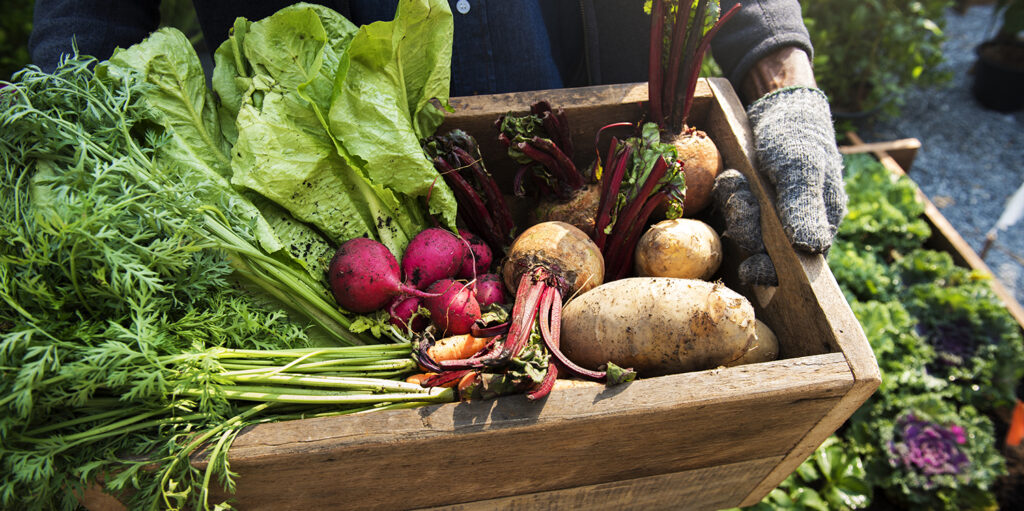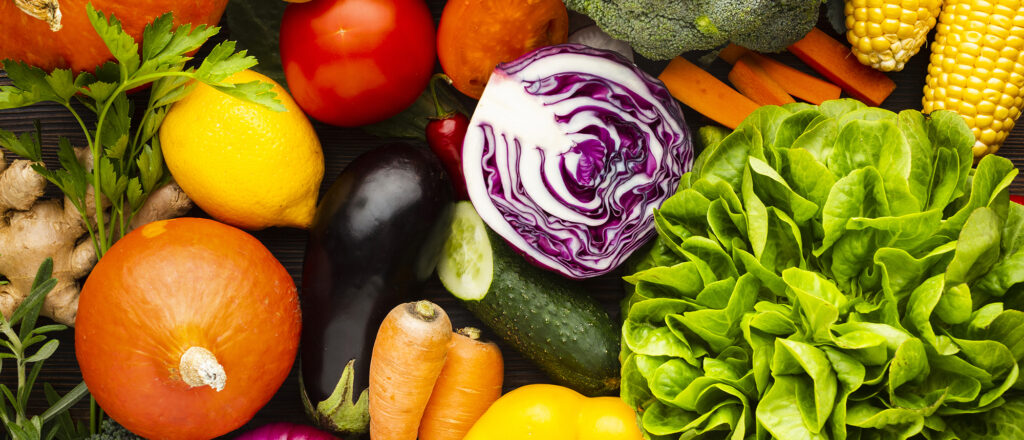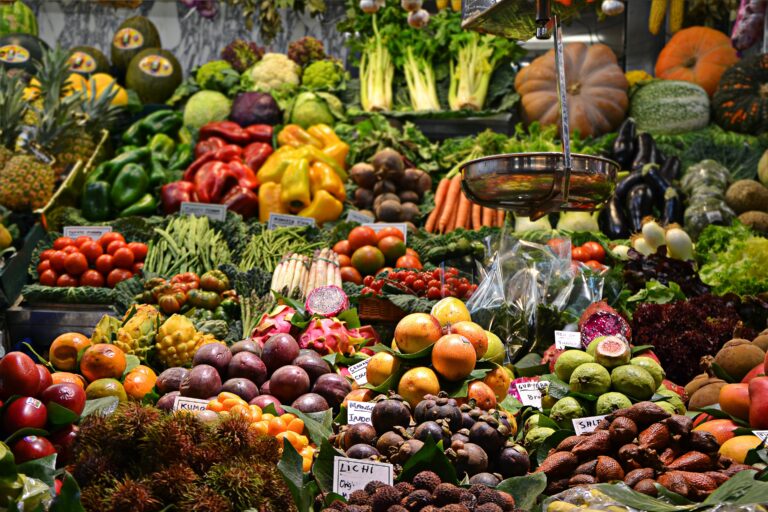Beyond Genes: A Fresh Look at Cancer and the Metabolism Connection

Beyond Genes: A Fresh Look at Cancer and the Metabolism Connection “You beat cancer by how you live, why you live, and in the manner in which you live.” Stuart Scott When we hear the word cancer, many of us imagine something mysterious going wrong deep inside our genes — like a code written in […]
Why Am I So Tired All the Time?

Why Am I So Tired All the Time? You open your eyes in the morning, only to feel like you didn’t sleep a wink – or, the sleep you did get didn’t seem to do much, because you feel just as tired as you did when your head hit the pillow last night. It feels […]
Smoking and How You Get Hooked

Smoking and How You Get Hooked Our intern, Adidtya Das, who enjoys doing health research in areas of self-improvement in his spare time, was inspired by some of his classmates (who are smokers) to create this blog on smoking addiction. This blog will address the multi-faceted nature of why one gets hooked and what can […]
Plastic Invasion: Unmasking the Hidden Threat to Our Health

Plastic Invasion: Unmasking the Hidden Threat to Our Health In today’s modern life, convenience often takes precedence over the hidden costs that come with it. One such hidden cost that has been silently infiltrating our daily lives is the omnipresence of plastic in our food and water. From packaging materials to storage containers, plastic has […]
3 Cancer-Fighting Foods to Consider for Optimal Health

3 Cancer-Fighting Foods to Consider for Optimal Health “You are what you eat,” as the popular saying goes. That rings all the more true when you consider your health—and particularly, your cancer risk. Your diet is one of the primary factors which can set your body up for health or disease. The nutrients (or lack […]
The Ugly Truth about Artificial Sweeteners

The Ugly Truth about Artificial Sweeteners “Sugar pie honey bunch, you know that I love you,” is how the song “Can’t Help Myself” by The Four Tops begins. The singers were talking about their sweetie – a person – but many of us with a sweet tooth have a similar love for sugary treats. In recent […]
Managing Mental Wellness With a Chronic Illness
Managing Mental Wellness With a Chronic Illness Nearly sixty percent of all Americans struggle with sometype of chronic illness, whether it’s hypertension, heart disease, diabetes or cancer, as reported by the CDC. It’s a sure bet that you or someone you know is currently managing a chronic illness; it’s more common than many of us […]
The Diet Army Against Cancer

The Diet Army Against Cancer Albert Einstein said “Intellectuals solve problems, geniuses prevent them.” A proper whole-foods based diet does more than keep you healthy, it can also help your body actively fight against cancer and prevent its development. With more and more people in the US getting diagnosed with cancer each year, it’s vital […]
Cancer and the Host – A Functional Medicine Perspective

I recently listened to a fascinating series of podcasts called The Longevity Roadmap offered by Dr. Mark Hyman and his Ultrawellness Center. In one particular episode, Dr. Hyman and other specialists spoke about the specific approach that Functional Medicine (FM) takes on cancer. Here are the highlights: Obesity has overtaken smoking as the number one […]
Cancer Fighting and Prevention Diet (Part 1)

In the current COVID-19 world we are living in, we have to be more vigilant about our health than ever before – the stresses of the pandemic coupled with what’s going on in the environment make us even more vulnerable to sickness and disease. In this blog, I’d like to cover some of the tips […]
